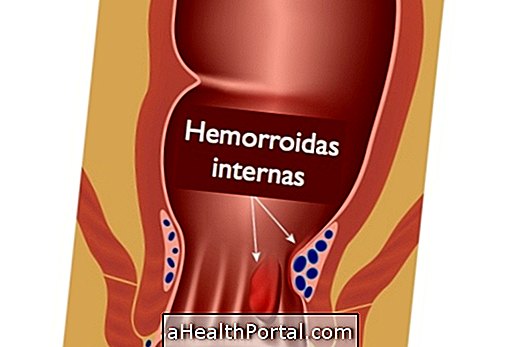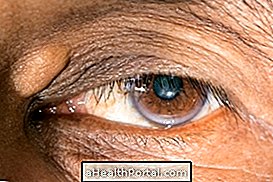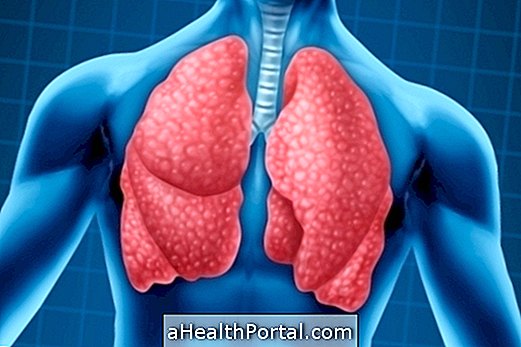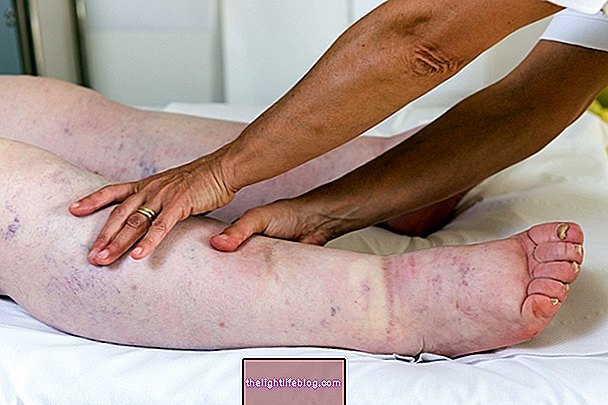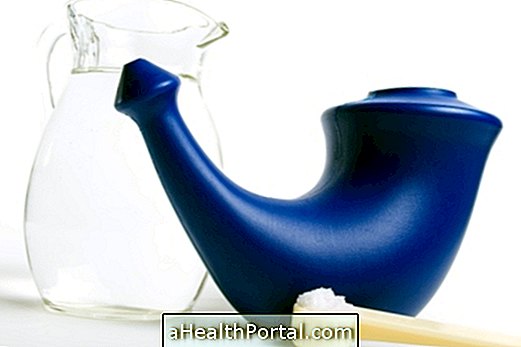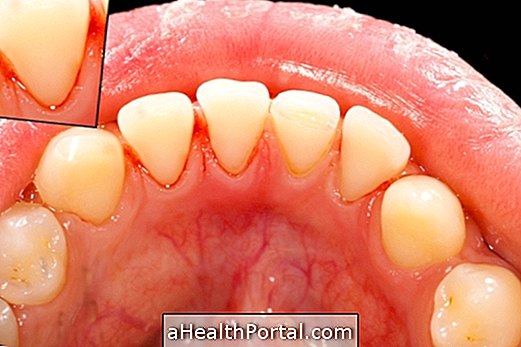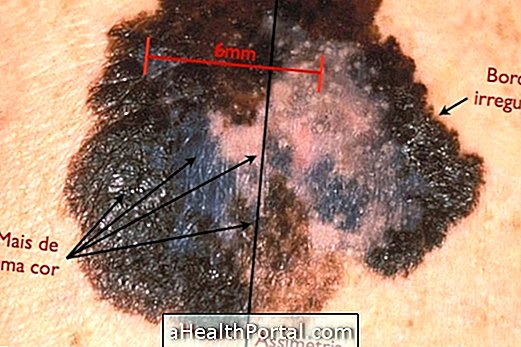The fracture is the loss of continuity of the bone, that is, breaking the bone, generating one or more pieces.
Usually the fracture happens due to falls, blows or accident, however women in the menopause and elderly, possess bones more fragile, which favors the occurrence of fracture more frequently, even during the daily activities.
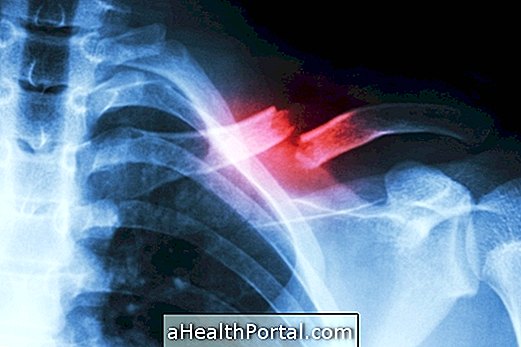
Main types of fractures
Fractures can be classified according to the cause and can be:
- Traumatic: are the most characteristic of accidents, for example, where there is excessive force applied to the bone, but may also be due to repetitive movements that injure the bone gradually, favoring the fracture;
- Pathological: are those that occur without explanation or due to small strokes, as in osteoporosis or in bone tumors, since they leave the bones more fragile.
In addition, fractures can be classified according to the lesion in:
- Simple: only the bone is reached;
- Exposed: the skin is perforated, with the visualization of the bone. Because it is an open lesion, it is more susceptible to infections, and the use of prophylactic antibiotics is usually recommended. Here's what to do in case of exposed fractures;
- Complicated: they affect other structures beyond the bone, such as nerves, muscles or blood vessels;
- Incomplete: These are bone lesions that do not break, but result in fracture symptoms.
Usually the diagnosis is made by X-ray examination, but depending on the extent of the lesion and the characteristics and symptoms of the person, the doctor may request another more accurate imaging, such as MRI, in addition to laboratory tests . Learn how first aid in fractures is done.
Main Symptoms of Fracture
Fractures can generate very characteristic signs and symptoms, such as:
- Intense pain;
- Swelling of the fractured site;
- Deformity of the site;
- Total or partial inability to move the fractured limb;
- Presence of bruises;
- Presence of wounds at the fracture site;
- Temperature difference between fracture site and fracture site;
- Numbness and tingling of the area;
- Estralos.
When there is a fracture, it is not indicated in any way to try to put the bone or limb in place, as it can cause even more damage, besides being quite painful. The best thing to do is to seek medical help so that the correct attitudes are taken and the treatment can be done.
Fractures of the arms, forearms, and clavicles are more common, as opposed to leg fractures that are rarer because these bones are more resilient.
1. Fracture in the spine
The fracture in the spine is severe and can cause the person to stand with their legs or body paralyzed depending on the vertebra struck. This type of fracture can happen due to traffic accidents and falls from great heights, for example, and is characterized by severe spinal pain, tingling or loss of sensation below the fracture and inability to move the legs or arms. Learn how the treatment for spinal fracture is done.
2. Fracture in the foot
Foot fractures are frequent and can occur by falls or direct impact with a hard object, and should be immobilized when the fracture is identified. The main signs and symptoms of fracture are swelling, injury, deformity and inability to move the foot.
3. Fracture of hand, wrist or finger
Fractures in the hand, wrist or finger are common in people who engage in sports such as handeball, volleyball or boxing, and have as main symptoms difficulty in performing certain movement, swelling at the fractured site and color change.
4. Knee fracture
The most common symptoms of fracture in the knee are swelling and intense pain when moving the knee and can happen due to the presence of tumor in the bones, traffic accident or direct impact with a hard surface.
5. Fracture in the nose
The nose fracture can happen due to falls, physical aggression and contact sports such as boxing, for example. Symptoms of nose fractures are usually swelling, pain and misalignment of the nose, in addition to difficulty breathing.
